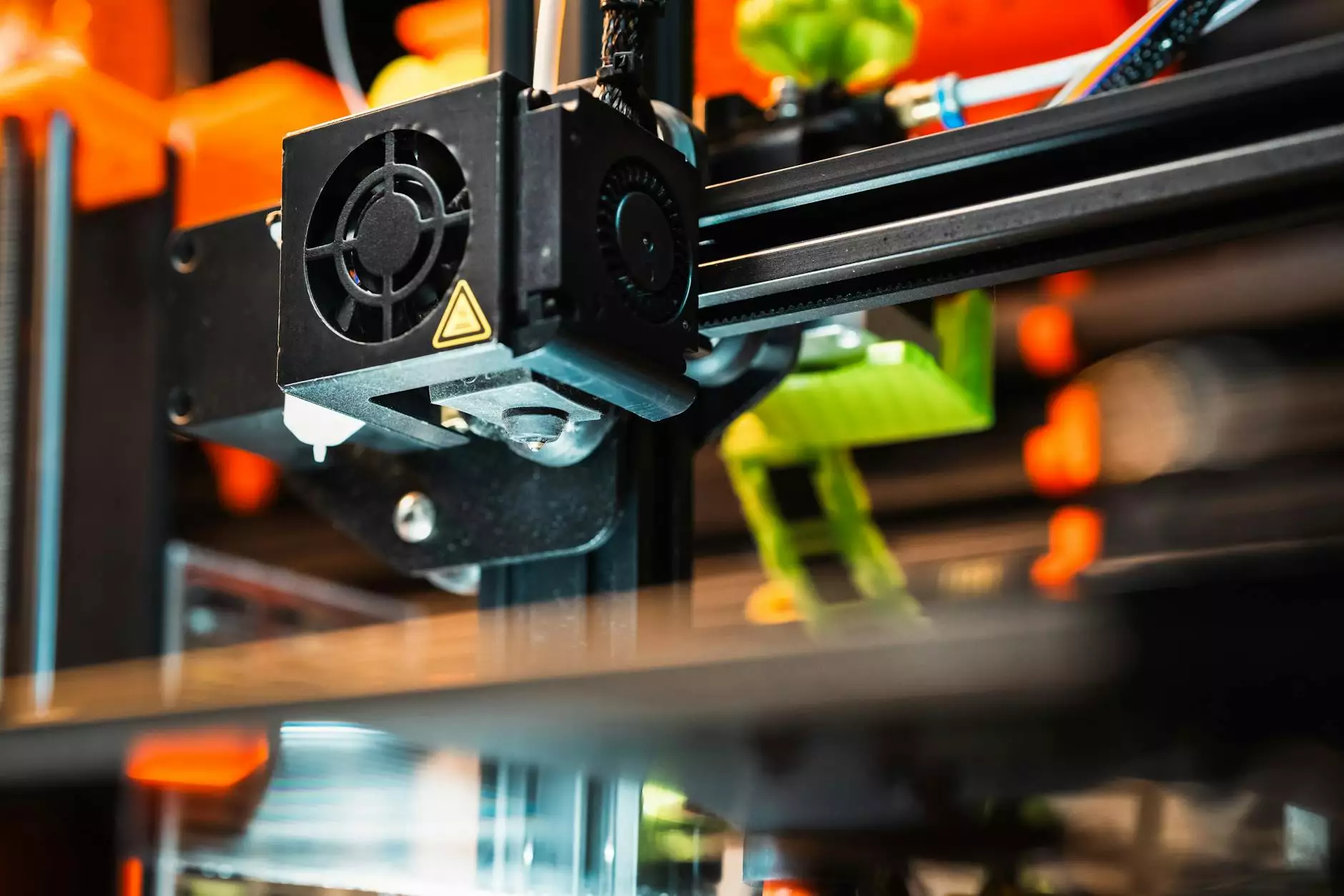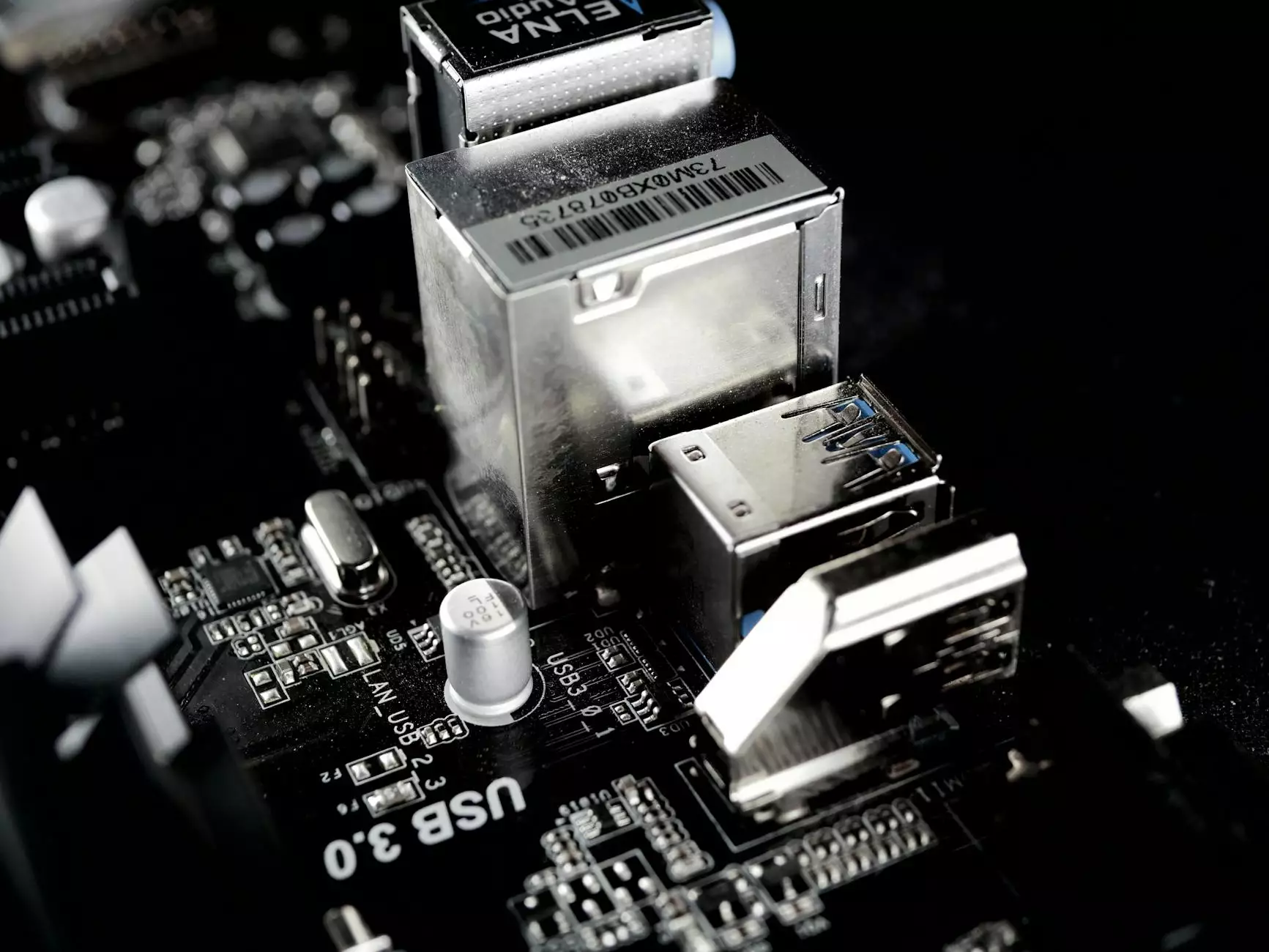The Ultimate Guide to Office Door Access Control Systems

In today’s fast-paced business environment, ensuring the safety and security of your workplace is paramount. One innovative solution that has gained traction is the office door access control system. This technology not only enhances security but also streamlines access management, making it an essential component for modern workplaces.
What is an Office Door Access Control System?
An office door access control system is a complex framework that regulates who can enter different areas within an office building. Utilizing electronic locks, identity verification methods, and centralized control, these systems help maintain an environment that is secure and efficient.
Components of an Office Door Access Control System
To grasp the full potential of an office access control system, it is crucial to understand its key components:
- Electronic Locks: The heart of any access control system, electronic locks replace traditional keys with electronic verification methods.
- Access Control Panels: These panels serve as the central hub for managing all access points in the system.
- Credential Readers: Devices such as keycards, biometric scanners, and PIN code entries enable authorized personnel to access specific areas.
- Software Management: This enables administrators to configure access levels for individuals or groups, track entries, and generate reports.
- CCTV Integration: For enhanced security, many systems can be integrated with surveillance cameras to monitor access points.
Benefits of Implementing an Office Door Access Control System
Investing in an office door access control system offers multiple advantages that can transform the security landscape of your business:
1. Enhanced Security
With advanced authentication methods like biometrics and smart cards, unauthorized access is significantly minimized.
2. Improved Access Management
Administrative personnel can easily manage who enters which areas, providing different access levels to individuals based on their roles.
3. Audit Trails
Access control systems maintain logs of who entered and exited which locations, providing essential data for security audits.
4. Emergency Response Integration
In emergencies, these systems can support quick responses by remotely locking or unlocking doors, aiding in evacuation or lockdown procedures.
5. Reduced Physical Keys
Eliminating the reliance on physical keys cuts down on the risks associated with lost or stolen keys, revamping your access management strategy.
Types of Office Door Access Control Systems
Understanding the various types of access control systems can help businesses choose the right one for their needs:
1. Key Card Systems
Using RFID technology, key cards provide a convenient and secure method for granting access.
2. Biometric Systems
These systems rely on unique biological traits, such as fingerprints or facial recognition, ensuring that only authorized users can gain entry.
3. PIN Code Entry Systems
Users input a numeric code to unlock doors. While simple, these systems can be improved with additional security measures to combat code-sharing.
4. Mobile Access Control
An emerging trend in access control, mobile devices can be used as keys, making access efficient and adaptable.
Integrating Office Door Access Control with Other Security Measures
Pioneering a comprehensive security strategy involves integrating your office door access control system with other measures:
- Surveillance Systems: Integrating CCTV provides a visual record of all entries and exits.
- Alarm Systems: Integrating alarms with your access control system can add layers of protection and immediate alerts in case of unauthorized access.
- Visitor Management: Incorporating visitor management systems can help keep track of non-employee access, enhancing overall security.
Choosing the Right Office Door Access Control System
Selecting the appropriate office door access control system depends on various factors:
1. Assess Your Needs
Consider the size and layout of your office. Larger spaces may require more sophisticated systems with extensive capabilities.
2. Budget
Determine how much you are willing to invest. More advanced systems come with higher costs, but they often offer better security and features.
3. Vendor Reputation
Choose reputable vendors who provide comprehensive support and integration services.
4. Scalability
Your chosen system should be capable of growing with your business, allowing easy upgrades as your needs change.
Future Trends in Office Door Access Control Systems
The future of office door access control systems is bright, with emerging technologies promising enhanced security and convenience:
1. AI and Machine Learning
Artificial intelligence is expected to play a significant role in predictive security measures, analyzing patterns to prevent unauthorized access before it happens.
2. Greater Use of Biometrics
As technology advances, expect to see more sophisticated biometrics becoming mainstream, including behavioral biometrics.
3. Integration with IoT Devices
Smart office environments will integrate access control systems with IoT devices, providing seamless control and monitoring throughout the building.
Conclusion
Implementing a robust office door access control system is not just a choice; it’s a necessity for companies wanting to enhance security and streamline operations in an increasingly complex business landscape. Invest in the right solution today with the help of experts at Teleco, where we offer comprehensive solutions tailored to your specific needs.
For more insights into the world of telecommunications, IT services, and cutting-edge access control technologies, explore our offerings to empower your business.









